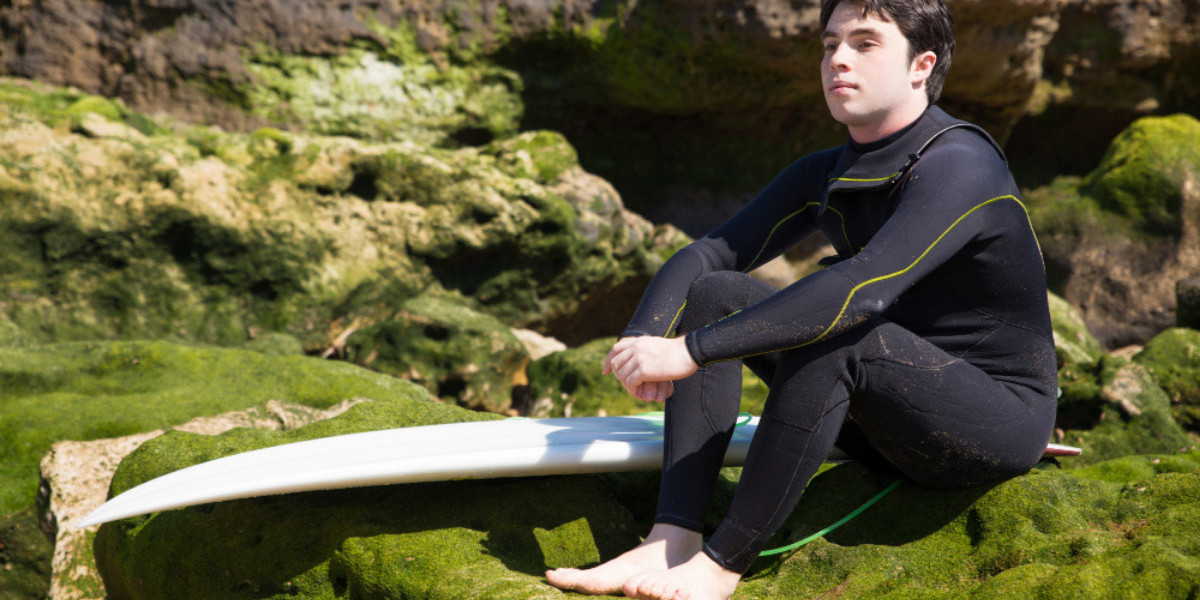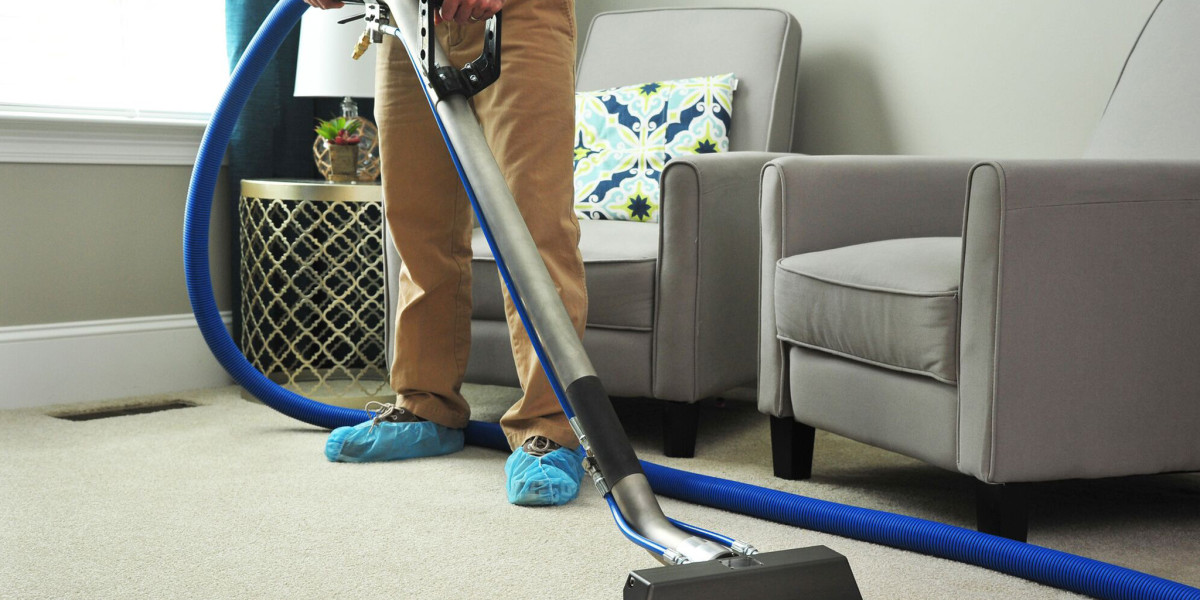A rashguard is more than just a sporty top—it protects your skin from sunburn, irritation, and even injuries while swimming or surfing. However, many swimmers and surfers unknowingly make mistakes when choosing or wearing rashguards. These small errors can cause discomfort, reduce protection, and shorten the life of the gear.
In this article, we’ll highlight the most common rashguard mistakes, explain why they matter, and give you simple tips to enjoy better performance and protection.
1. Choosing the Wrong Fit
A rashguard should feel snug but not tight. Many people buy oversized ones, thinking it will be more comfortable, but loose fabric creates drag in the water. On the other hand, overly tight rashguards can restrict movement and cause chafing. The right fit should feel like a second skin.
2. Ignoring UV Protection
Not all rashguards provide equal sun protection. Choosing one without a UPF (Ultraviolet Protection Factor) rating means you might still get sunburnt. Look for rashguards with UPF 50+ to block up to 98% of harmful rays—especially important for surfers and outdoor swimmers.
3. Overlooking Fabric Material
Cheap fabrics may stretch out, fade, or lose elasticity after a few uses. High-quality blends with spandex and polyester offer flexibility, durability, and quick-drying properties. Chlorine-resistant fabrics are essential if you swim regularly in pools.
4. Using the Wrong Style for Activity
Rashguards come in short-sleeve, long-sleeve, and zip-front styles. Picking the wrong type can affect performance. For surfing or snorkeling, a long-sleeve option gives better sun and abrasion protection. For casual swimming, a short-sleeve or zip style may be more comfortable. Explore different cuts to match your activity.
5. Forgetting About Layering
Some swimmers skip wearing a rashguard under wetsuits, leading to extra friction and skin irritation. A snug rashguard underneath reduces chafing and makes it easier to slide into wetsuits. For water sports, layering also provides additional warmth.
6. Neglecting Proper Care
Even the best rashguard won’t last long if you don’t care for it correctly. Always rinse with fresh water after use, avoid wringing, and dry it flat in the shade. Heat from dryers or direct sunlight can break down fibers and shorten its lifespan.
7. Wearing Worn-Out Rashguards
Many keep using rashguards long after they’ve lost elasticity or color. Worn rashguards provide less sun protection and may feel uncomfortable. If your top feels stretched or see-through, it’s time to replace it with a new rashguard.
Conclusion
Rashguards are essential for comfort, sun safety, and skin protection, but only if you choose and use them correctly. From picking the right size and material to maintaining them properly, small details make a big difference. Avoiding these common mistakes ensures your rashguard lasts longer and performs better, giving you peace of mind every time you dive into the water.












